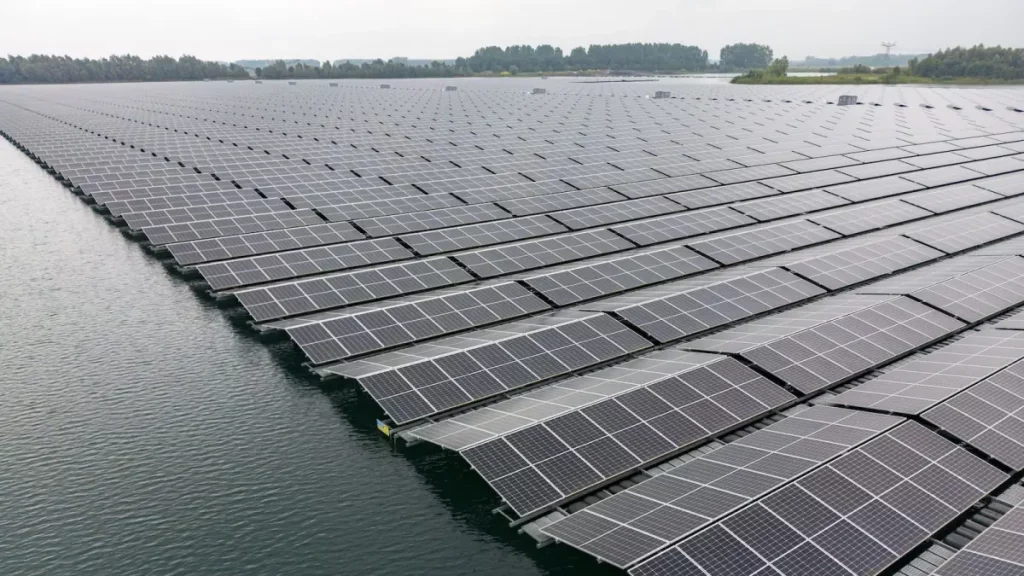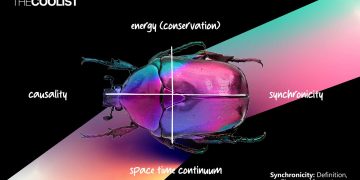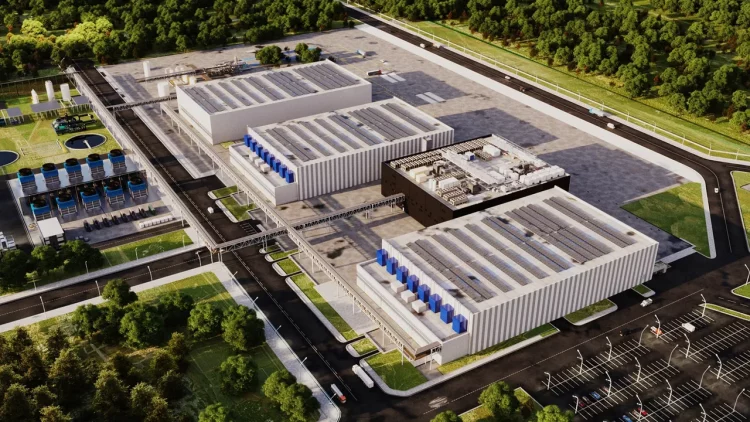Industry Investigation: The Renewable Energy Claims Under Scrutiny
In 2025, tech giants like Microsoft and Google continue to trumpet their commitment to operating “100% renewable energy” data centers, promising to decarbonize one of the most energy-hungry sectors worldwide. These proclamations often highlight impressive statistics, such as powering sprawling server farms with solar, wind, or hydroelectric sources. Yet, investigative reports and independent audits reveal a more complicated reality behind these claims. Despite the impressive renewable energy contracts and investments, many of these data centers remain significantly reliant on coal-fired power at certain times, particularly during night hours and periods of low renewable generation.
The root of this contradiction lies in the way “100% renewable” claims are calculated. Many companies rely on purchasing Renewable Energy Certificates (RECs) or power purchase agreements (PPAs) that guarantee renewable energy production on paper but do not guarantee that the energy used in real time comes directly from renewable sources. As a result, even if a data center is tied contractually to solar or wind farms, when the sun sets or the wind dies down, the grid power that actually supplies the center often comes from fossil fuel sources, with coal still representing a significant share in many electricity markets.
This disconnect has generated public criticism and accusations of greenwashing, where companies use marketing and accounting strategies to appear more environmentally friendly than their actual operations reflect. Journalists and environmental watchdogs argue that true sustainability demands more than contractual claims—it requires real-time matching of energy consumption with clean sources or effective storage solutions to avoid dirty energy fallback.
Technological Bottleneck: Nighttime Computing and the Limits of the Grid
One of the most significant challenges data centers face in achieving genuine 24/7 renewable power is the intermittent nature of solar energy itself. Solar panels, no matter how advanced, only generate electricity during daylight hours. In contrast, data centers demand continuous, uninterrupted power supply to maintain critical online services, cloud computing, streaming, and AI processing. This round-the-clock demand creates a “nighttime gap” when solar energy production drops to zero, forcing reliance on the broader electric grid.
In many regions, coal-fired power plants still constitute a large portion of grid capacity because of their ability to provide stable, baseload electricity. Unlike solar or wind, coal plants can generate power on demand regardless of weather or time of day, making them an unfortunately reliable fallback source. This structural dependency on coal for grid stability during low renewable output times explains why data centers inevitably draw on fossil fuels despite their clean energy contracts.
Adding to the complexity is the current state of energy storage technology. While batteries and other storage solutions have advanced rapidly, their scale and cost still pose barriers to fully bridging the nighttime energy gap for massive data centers. Storing sufficient solar power harvested during the day to cover the enormous overnight loads requires vast battery installations, which are expensive and still have environmental footprints related to their manufacture and disposal.
Furthermore, some data centers operate in regions with underdeveloped grid infrastructure, limiting the ability to integrate diverse renewable sources or to tap into regional hydro or wind power at night. This geographic limitation forces data centers to fall back on whatever reliable grid power is available, often coal-based.

Innovative Solutions: Tesla’s Gigantic Battery Installations Leading the Way
Despite these challenges, the industry is actively pursuing innovative solutions to close the gap between renewable energy ambitions and operational realities. One of the most notable breakthroughs comes from Tesla’s deployment of massive battery storage systems paired with solar arrays to stabilize and extend renewable power availability for data centers.
Tesla’s Megapack installations—large-scale lithium-ion battery packs designed to store and dispatch electricity—have been increasingly adopted at data center sites to buffer daytime solar production for nighttime use. For example, in California, a region grappling with grid reliability issues and wildfire-related power shutdowns, Tesla’s battery systems have been integrated with Google’s data centers to maintain continuous clean power even after sunset.
These battery systems operate by charging during peak solar hours and discharging energy at night or during grid outages, effectively “shifting” solar energy supply to match demand. The rapid scalability of Megapack technology, combined with Tesla’s expertise in software management, allows for efficient grid balancing and energy cost reductions over time.
Beyond Tesla, other companies are experimenting with advanced energy storage options like flow batteries, hydrogen fuel cells, and even thermal storage to extend renewable energy usage. Additionally, AI-driven energy management systems optimize when and how data centers consume electricity, scheduling energy-intensive tasks during peak renewable generation periods to minimize fossil fuel reliance.
While these technologies have not yet achieved perfect 24/7 renewable energy operations at all data centers, they represent meaningful progress toward reconciling environmental goals with technical and economic realities.
Looking Ahead: Balancing Transparency, Technology, and True Sustainability
The tension between public renewable energy claims and continued coal dependence in data centers highlights a broader dilemma facing the tech industry’s sustainability efforts. To maintain public trust and drive genuine progress, companies must increase transparency around their energy sourcing and operational practices. This means clarifying the difference between contractual renewable energy procurement and actual on-site clean power usage, as well as openly addressing the limitations posed by current technology and grid infrastructure.
On the technological front, further advancements in battery storage, grid modernization, and AI energy optimization will be crucial to achieving fully renewable data centers. Collaborative efforts between tech firms, energy providers, and policymakers will help accelerate infrastructure upgrades and incentivize innovation in clean energy integration.
Importantly, consumers and enterprise clients are increasingly demanding verifiable sustainability credentials, pushing data center operators to invest more heavily in renewable energy solutions that deliver measurable carbon reductions in real time.
In conclusion, while many of 2025’s so-called “solar-powered” data centers still rely on coal-fired electricity due to nighttime energy demands and grid constraints, promising innovations like Tesla’s battery megaprojects offer a path forward. Achieving truly carbon-neutral or carbon-negative operations will require not only cutting-edge technology but also honest communication and systemic change across the energy ecosystem. The road to sustainable digital infrastructure remains challenging but is gaining momentum through combined industry, technological, and regulatory efforts.

















































Discussion about this post